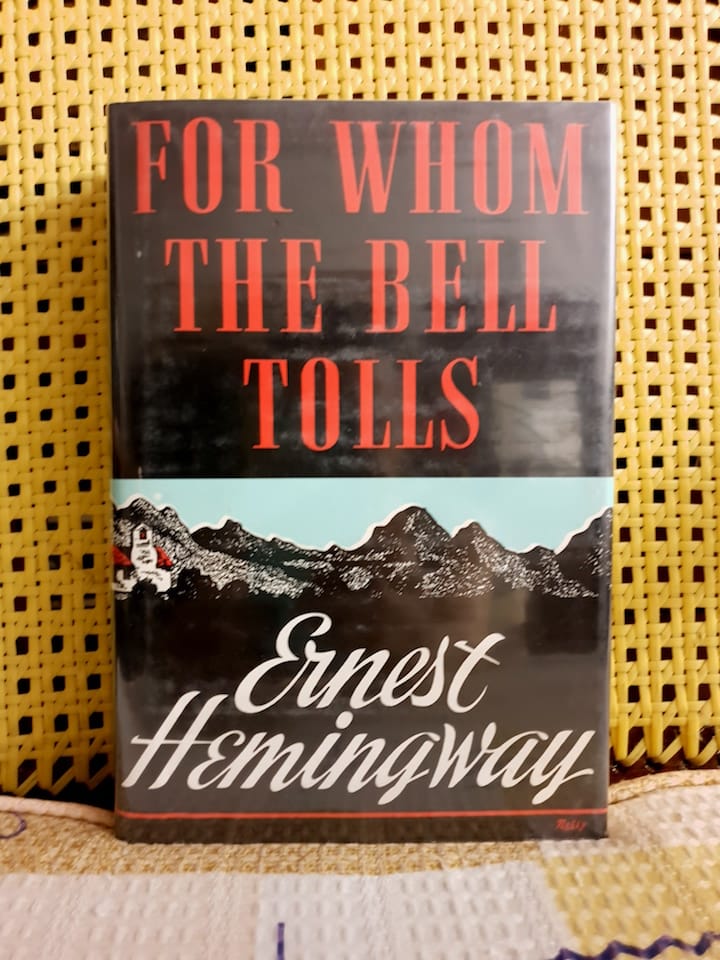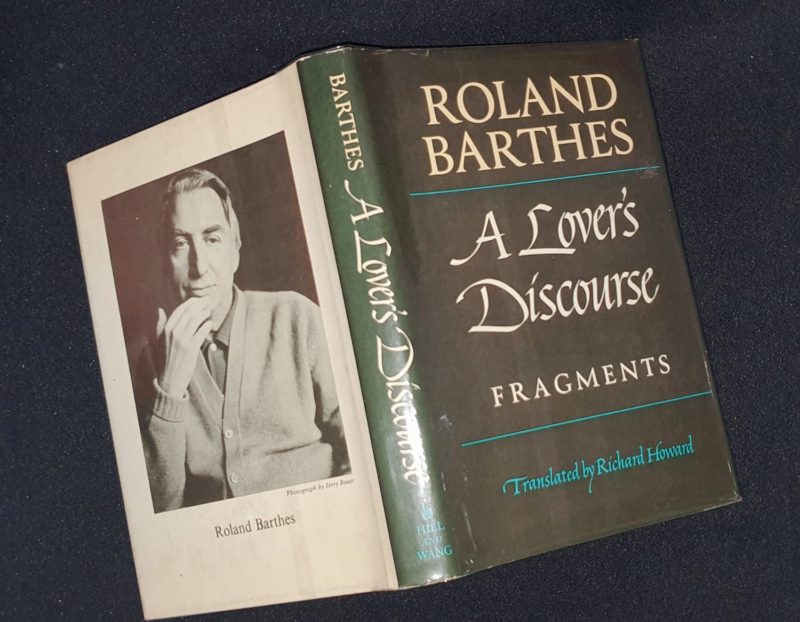[su_label type=”important”]Book in Focus[/su_label]
[su_heading style=”default” size=”12″ margin=”30″]Originally published in Norwegian as Sult by P.G. Philipsens Forlag (1890). This edition first published in Great Britain by Gerald Duckworth and Co. Ltd. (1974), translated from the Norwegian by Robert Bly. Translation copyright 1967 by Farrar Straus & Giroux. Hardcover, 232 pages[/su_heading]
In 1890, Knut Hamsun, one of the most influential and divisive authors of the 20th century, published his seminal autobiographical novel, Hunger, in which he describes his experiences as a young man living in terrible poverty and despair while striving to find his artistic voice. The novel takes place in modern-day Oslo (then known as Christiania) and chronicles the exploits of a young man whose famine-induced hunger has caused him to lose touch with reality.
We follow the main character, a young writer who is desperately poor, as he drifts throughout Christiania, sometimes sleeping on the streets and other times in the worst possible living conditions. He describes the difficulties he faces as a result of his incapacity or refusal to pursue a professional vocation which he considers unfit for someone of his abilities.
Each section of the book has a distinct purpose. At the beginning of each section, he is starving and urgently looking for food. However, at every turn, he comes across more starving people. Hamsun wrote this novel to represent the normal person who works hard to better their lot in life, as well as the good person who works hard to serve others but is always dealt a bad hand.
The nameless protagonist is noble in that he does not consume the food provided for him and instead donates it to homeless people and young people in need. As his bodily hunger increases, so does his creative hunger. He doesn’t eat while he works on perfecting his novels and writings until his health begins to deteriorate and visions of parallel worlds begin to fill his consciousness.
While the book’s subject matter is physical deprivation, it reads more like an exploration of existential dread wherein the protagonist is repelled by constraints of his own existence, the most evident manifestation of which is his uncontrollable feeling of hunger. Though he suffers from hunger-related hallucinations, he doesn’t put himself down or try to change his predicament.
When his life has reached its lowest point, he joins the crew of a ship departing the city as the book concludes.
Memorable Quotes
All this happened while I was walking around starving in Christiania—that strange city no one escapes from until it has left its mark on him…
Opening paragraph, Hunger by Knut Hamsun
So I dozed and thought and felt sharp pains. I had found a tiny stone, which I polished and stuck in my mouth to have something to chew on; otherwise I didn’t move a muscle, not even my eyes. People came and went. Wagon noise, noise of horses, and chatter filled the air.
Page 103, Hunger by Knut Hamsun
Nothing to do, I was dying with open eyes, helpless, staring up at the ceiling. Finally I put my forefinger in my mouth and started sucking on it. Something started to flicker in my brain, an idea that had gotten free in there, a lunatic notion. Suppose I took a bite? Without a moment’s hesitation I shut my eyes and clamped down hard with my teeth.
Page 130, Hunger by Knut Hamsun
I sat on the bench thinking all this over, feeling sad; I was disgusted at myself; even my hands looked revolting to me. The flabby and shameless expression on the back of my hands pained me, brought me disgust. Looking at my emaciated fingers, I felt a nausea move in me, I hated my whole sagging body, and I shuddered having to carry it, to feel it around me. God, if the whole thing would only end now! I sincerely wanted to die.
Page 154, Hunger by Knut Hamsun
Further Reading
Knut Hamsun’s ‘Hunger’: The Birth of the Modern Psychological Novel by A. E. Westerling, Outsiders and Misfits
The Physical Body in the Psychological Novel: On Knut Hamsun’s ‘Hunger’ by Lara Palmquist, Ploughshares
Fractional Feelings in Knut Hamsun’s Hunger by Thomas Andersen, Idunn
The Art of Hunger by Paul Auster, Poetry Magazines





